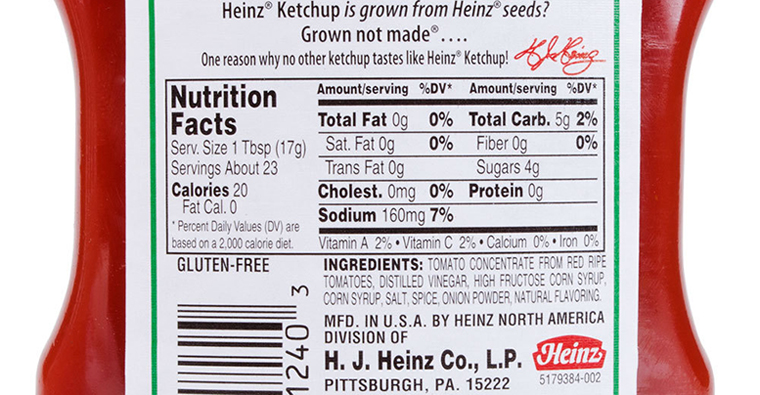
I like to think I’m well-informed but occasionally I’m stunned to realize what a woefully ignorant chump I am.
My latest shock came after watching a 90-minute lecture by Dr. Robert Lustig, a physician specialist in endocrinology and metabolism at UCSF. Dr. Lustig is alarmed by America’s growing obesity and type diabetes epidemic (both adults and children) and his lecture (see it on YouTube) spells out the likely suspect in great detail: the fructose in high fructose corn syrup (HFCS).
Overall, Americans average 25 lbs. heavier than they were 25 years ago. In looking for the reasons, Dr. Lustig finds the convergence of three factors; governmental food policy, the introduction of HFCS and the low-fat food movement. These factors have resulted in dangerous food products designed for a long-shelf life, a massive increase in calories eaten, and the inclusion of HFCS in many food products.
I’ve always assumed that HFCS was simply an inexpensive sugar substitute made from corn, sweeter than regular sugar but otherwise chemically the same, sort of like super-sugar. But this is far from the truth; unlike ordinary sugar the fructose in HFCS cannot be used directly for energy by the body’s cells.
Glucose is the fuel utilized in every cell in our bodies to produce energy for life. Without glucose and the energy it provides, we slip into a coma and die quickly. Many foods contain natural sugars easily converted to glucose, and these are readily available to every cell for energy production after absorption in the digestive tract. If we consume too much sugar, the extra glucose is converted to fat, and we gain weight.
Fructose, on the other hand, is not available directly to cells for energy. Though it is a carbohydrate, its chemical composition differs enough from glucose that the human body can only metabolize it in the liver and store its energy as fat or glycogen (released by the liver when blood glucose drops too low). Insulin, which acts as the key that opens cells to glucose, does not recognize fructose and thus has no metabolic role. Moreover, fructose does not generate the stomach’s secretion of leptin, an enzyme that tells the brain to stop eating. Except in the case of high-performance athletes, virtually all the fructose in HFCS is transformed by the liver into harmful LDL cholesterol.
It is for these reasons that consuming a regular Coke sweetened with HGCS has little effect on appetite. That Coke, by the way, is so heavily sweetened that you can’t taste the salt. There’s as much salt in a Coke as you’ll find in an average pizza, plus caffeine, a diuretic. So, not only does Coke made with HFCS (55 percent fructose and 45 percent sucrose) provide a limited energy source, but it makes you thirsty and fat. This is no accident. Like cigarette manufacturers before them, the food industry spends many millions of dollars lobbying congress to prevent regulation of what they produce. Manufactured foods are designed for profit, not health. That does not surprise me, but I am surprised that I was so ignorant about HFCS and its disastrous effect on health. Now I know, and so do you.
As Dr. Lustig comments in his lecture’s conclusion, we have a name for substances we ingest that have little nutritional value and cause physical harm, and that name is poison.